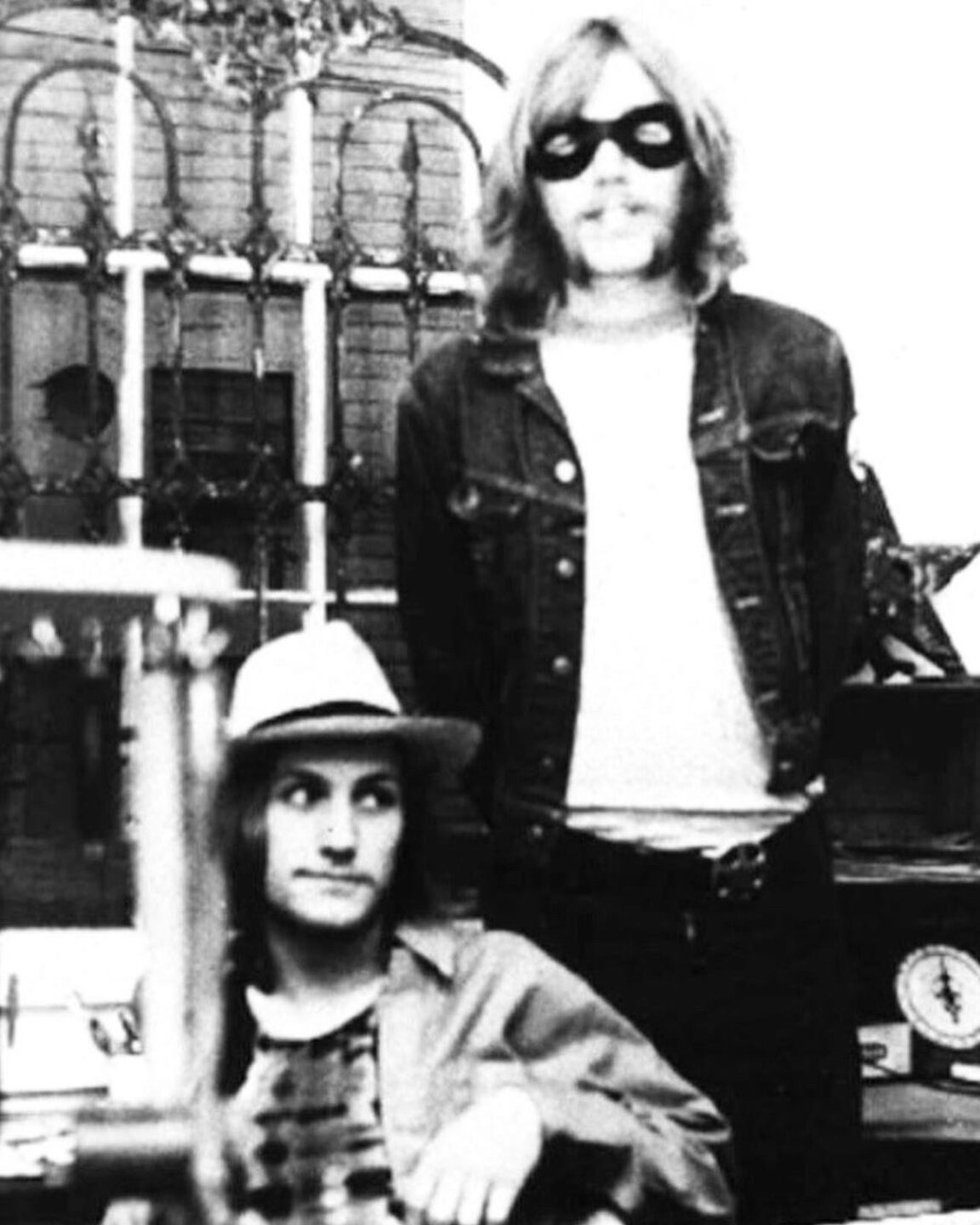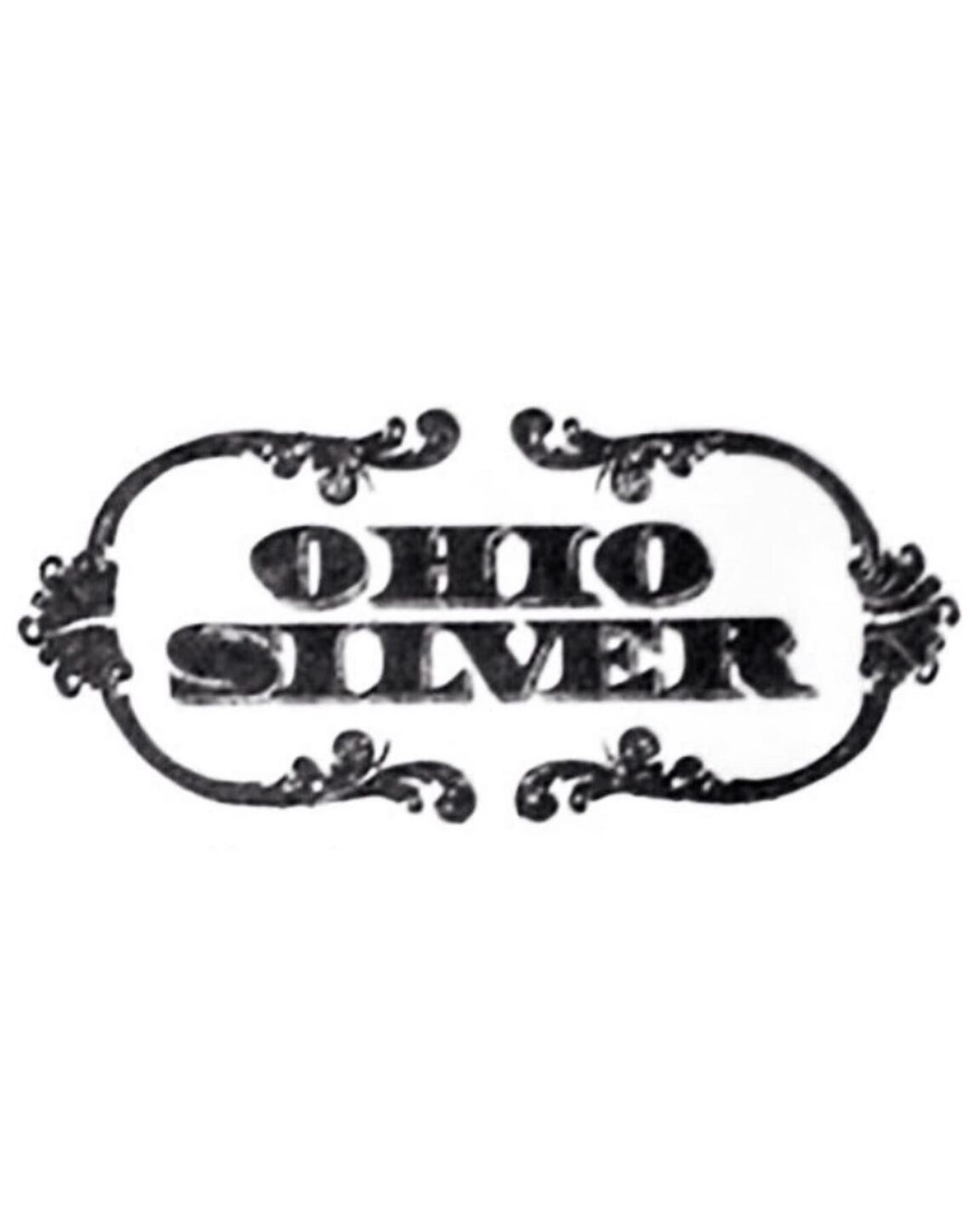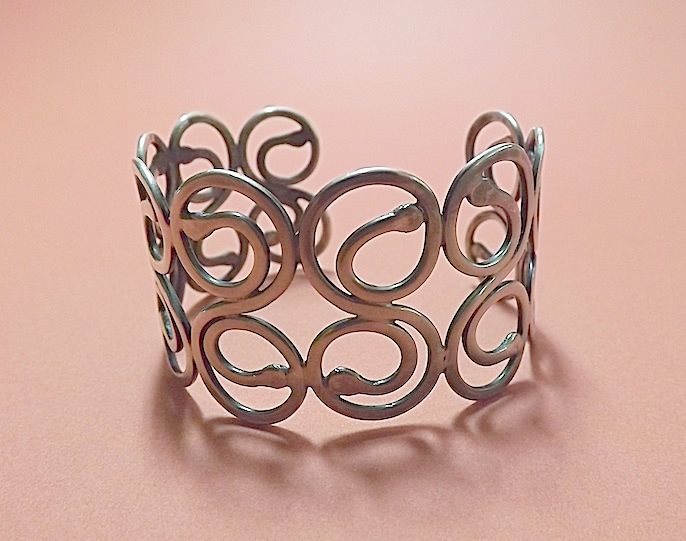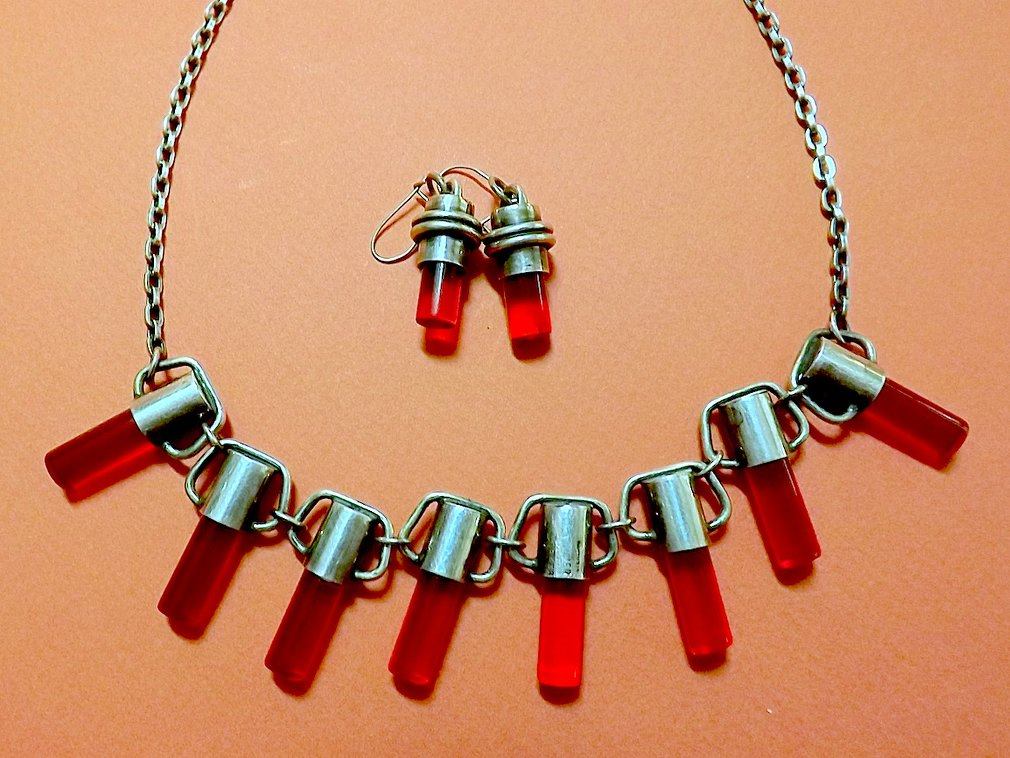Jewelry DNA Ode to Ohio Silver


In the latest installment of our Jewelry DNA series, industrial designer Tucker Viemeister writes about opening a jewelry store with his brother in their hometown, Yellow Springs, Ohio.
In the early 1960s, my mom began taking jewelry classes from our neighbor. She bought a propane torch, a few bits of silver, pickling chemicals, special Allcraft jewelers’ pliers, and a ring mandrel. Dad, an industrial designer whose jewelry experience included making the engagement ring he gave to Mom twenty years earlier, helped her design some little rings and stuff.
A couple years later, when I was in high school, my friend, a musician in a jug band, returned from a summer in Hyannis, MA with a ring he’d made—he had drilled a hole in the center of a quarter and pounded the edge with a spoon until it mushroomed out. I thought it was cool, so I made one, taking shortcuts using Mom’s tools in the basement. Meanwhile, my younger brother Kris also started tinkering with the tools, making napkin rings and other little things. The next summer, I needed a job. A jewelry entrepreneur, Norman Mahan, had moved to town a few years earlier with his wife, Linda, and opened a shop, Beetle. They employed local high school kids to melt little silver balls and solder parts together in their guest room. I convinced Norman and Linda that I knew how to make jewelry and got the job.
Kris turned out to be a brilliant jack-of-all-trades. He can do it all: cooking, sewing, carpentry, auto mechanics, surgery. He can sing, and he can make anything. Sometime around 1970, after stops at a couple colleges, avoiding the draft, and moving to Canada, Kris made his way back to our hometown and opened a little jewelry store squeezed between two buildings. It was so small that Dad suggested calling it “SRO”—Standing Room Only. In the summer of 1971, I moved back home too (after a somewhat similar trajectory) and started a bigger shop with my brother.
We liked the idea of creating a place where we could make whatever we wanted—a workshop with lots of tools and a venue to display all of our wares, from jewelry, handcrafts, and leather bags, to stained-glass windows! We rented a vacant store and installed our industrial sewing machine and leather workshop upstairs. By the back door we set up our stained-glass operation, and put the polishing station in the basement. I can’t remember seeing a real jewelry bench—we just got some plywood and made two stations, one for me and one for Kris. We punched windows in the walls so we could see the sales area from our workshop and strung lots of lights to make the jewelry glitter like a used car lot.
We had a million ideas for names, but my girlfriend, illustrator Laura Rader, suggested “Ohio Silver,” which communicated our jewelry interests, local heritage, and sense of humor. Based on the iconic intro sequence to the Lone Ranger TV show (1947-1957)—“A fiery horse, with the speed of light. A cloud of dust and a hearty ‘Hi Ho Silver’!” We displayed some silver bullets and a mask with a framed photo of the Lone Ranger. (I don’t think most people get the reference these days.) Dad helped me design the logo. His advice: “make it look like money.” So, we sampled parts of the dollar bill to make the logo look like the “Ohio Silver” bill!
We opened just before Thanksgiving. Kris brought in some of his wares and the “OPEN” sign from SRO. When we moved in we just started making stuff—at this point we just needed things to put in the cases, filling empty spaces. We also took some pottery and woven things on consignment from our friends. Laura made a bunch of pillows and boxes that she covered with her exquisite artwork and illustrations of cats and other cute critters. So much is owed to Laura and all of our friends at the time, young artists and artisans who, as Laura beautifully says, “came together with love and joy, excitement and creativity shared…to create from our hearts.”
Kris was a great partner, and we were a good creative pair. He was more craftsy and I was more designy. He’d make something, then I’d make another version—we learned from each other. We’d go back and forth like that, riffing like jazz musicians. We played loud music and developed this little creative community of college students and friends. (One of them, Kerry Moore, who had also worked with the Mahans, joined the business.) It was really fun—and also productive! We stopped only for burgers or to load up our nerf guns for battles raging through and around the shop. We also had this marijuana that we used to smoke while we worked. It was like Rumpelstiltskin—we’d wake up and we’d have made a pile of jewelry. Luckily, the police would ignore the clouds of smoke coming from upstairs.
Our style ranged from funky handcraft arty to Deco Scandinavian sleekness. We were inspired by Vogue and Italian design magazines, indigenous peoples, ancient and historical jewelry, or the possibilities of a weird stone or a leftover scrap. We coined the name “Garbage Jewelry” for the melted blobs that we made into rings or brooches. We also made castings from buttons, toys, or hardware we found, and fabricated Art Nouveau–esque swirlie rings. Earrings were fun because people liked to hang almost anything from their ears—the problem was making two that matched! Kris designed what he called the “Hard-On” bracelet because it had to be bent on to the wearer. We had a great time hacking craft techniques and crossing materials. I made stuff with plexiglass instead of gems. Kris cast concho belt parts using charcoal forms instead of soapstone. We reformed scrap silver heirlooms we bought from locals.
We learned a lot about the finicky ways of the consumer and did real-time market testing—we could see what was selling and make more like it. My sister Heidi sculpted these amazing little naked baby dolls, no more than 2” tall, and tried to sell them for $5.00–people said they could buy cheaper ones at the five and dime! Luckily, we were just as happy when our creations didn’t sell, because we didn’t have to make more! Our work was still valuable to us anyway. Our other sister Roslyn didn’t harbor any sentimental attachment to the stuff we made, and she showed us how to sell when she came in to help during her vacation.
Our business plan was to split everything 50/50, not just the money but the time! The initial idea was that after Christmas, Kris was going to take off for six months. When he came back in July, I could go do something else. We soon figured out a basic problem—one of us couldn’t make enough stuff on our own, and anyway we liked working together. One day we saw in the newspaper that only 1% of new businesses made it past the first year. So, after the second Christmas, we thought we had proven our point! Kris really liked his sabbatical and wanted to move on, and I decided to go back to Pratt. Just as we were getting ready to go, we were lucky to sell the business to our partner, Kerry, and Marcia Wallgren. They moved the store to a better location in town and began selling handmade silver jewelry from across the country and around the world, much of it fair trade, supporting the artisans that make it. And, with many thanks to Marcia, who has been successful for the majority of the shop’s fifty year history, Ohio Silver is still open in Yellow Springs today, beating the new business odds by a lot!





